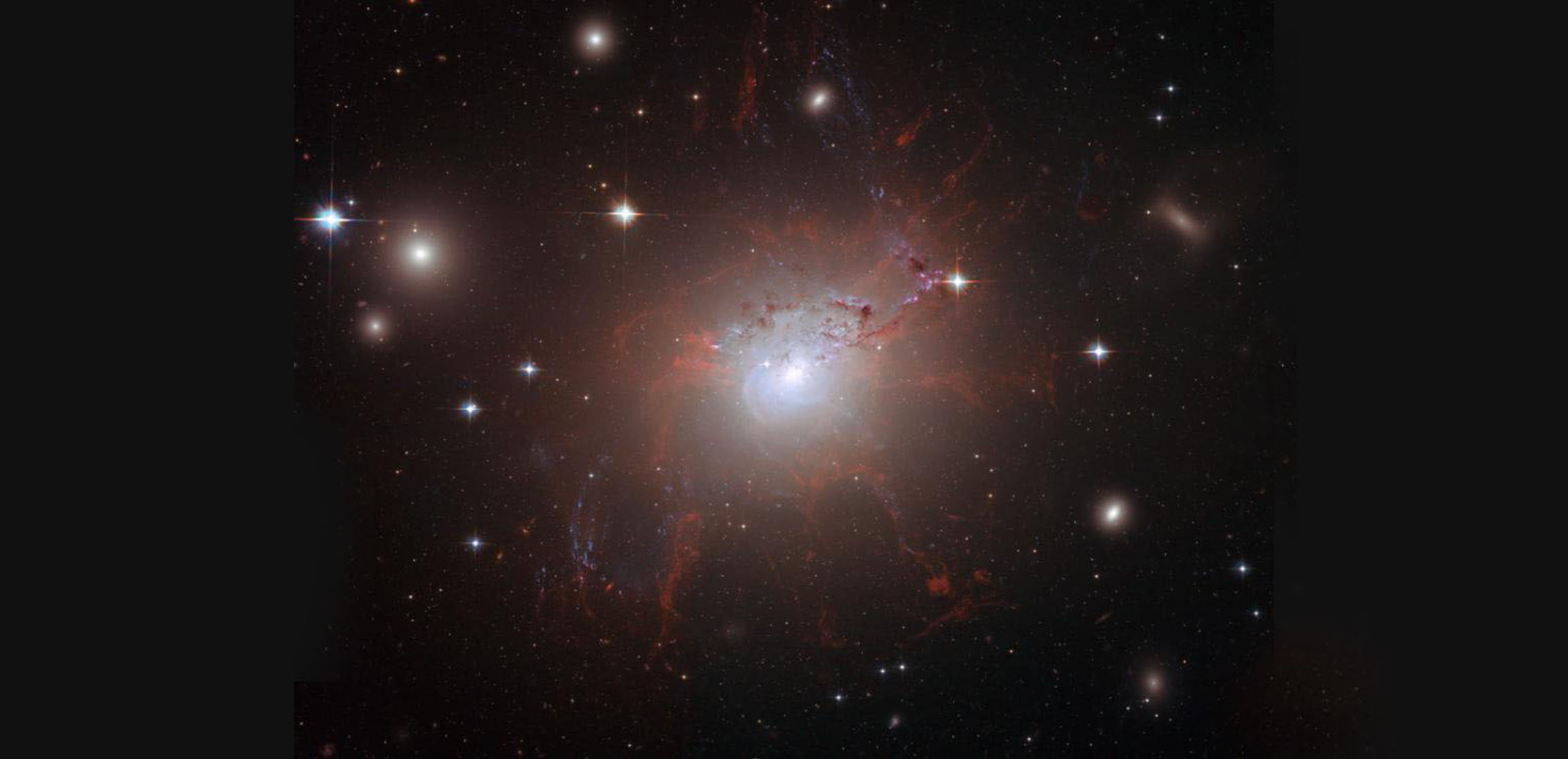
Key Takeaways:
- The Perseus Galaxy Cluster contains hundreds of galaxies.
- NGC 1275, a giant elliptical galaxy, is at the cluster's center.
- NGC 1275 has a supermassive black hole that emits X-rays.
- This text contains no interview.
At approximately 240 million light-years away, the central portion of the Perseus Galaxy Cluster holds an estimated 190 individual galaxies — just a part of the Pisces-Perseus supercluster, which includes over 1,000 additional galaxies. The Perseus Cluster is centered around NGC 1275, a dominating goliath among galaxies. Classified as a supermassive elliptical galaxy, NGC 1275 spans more than 100,000 light-years.
Our understanding of this weird galaxy began in 1943, when Carl Seyfert included it in his list of galaxies with active nuclei. It is often referred to as Perseus A, indicating it is a strong source of radio emissions. In fact, NGC 1275 is one of the strongest radio galaxies in the entire sky.
NGC 1275 is also a powerful emitter of X-rays. At the core of its active nucleus is a supermassive black hole. Estimated to be equivalent to 800 million solar masses, the black hole is feasting on gas and dust at a furious rate. As interstellar matter swirls around in the accretion disk as it heads toward the event horizon and its ultimate fate, it heats up due to friction and emits X-rays. Filaments of red glowing gas — appearing like roots from a strange galactic plant — spread out from the core to the outer edges of the galaxy. Some extend up to 20,000 light-years. These eerie tendrils are forced outward by the central black hole and bound together by magnetic fields.









